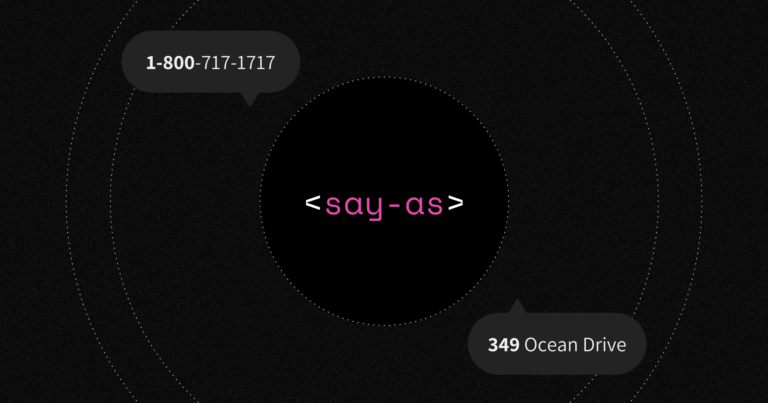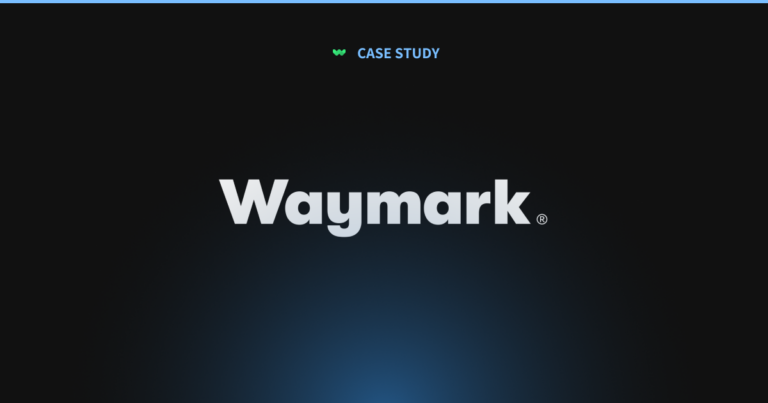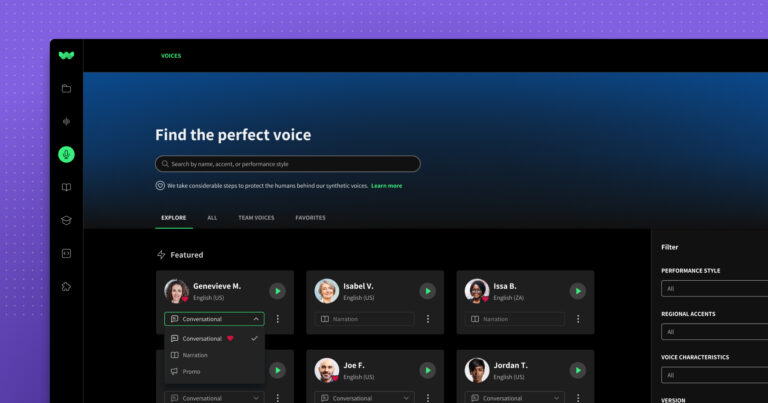According to Podcast Insights, as of April 2021, there are currently more than 2 million podcasts and 48 million episodes available for listening. Whereas podcasts used to be a niche industry, now more than 50% of all U.S. homes are podcast-listening homes. That means that roughly 60 million households in America tune into at least one podcast on a regular basis. According to a 2021 Nielsen study, more than 50 percent of all podcast listeners tune into a podcast at least weekly. As many as 75 percent of listeners tune into more than one podcast per week.
But podcasting isn’t just a boon for listeners. The Interactive Advertising Bureau (IAB) predicts that podcast ad revenue in the U.S. will reach $1 billion in 2021 and double to $2 billion by 2023. Podcast revenue has been growing at an exponential clip for years, from $479 million in 2018, to $708 million in 2019, to $842 million in 2020 (even despite a global pandemic).
Yet, in many ways, advertising on podcasts still feels like a new frontier. What are the options for generating revenue through podcasts? How do the top podcasts monetize? And how much money do they make? What should advertisers look for when considering which podcast(s) to work with? We address all of these questions and more in the following article.
Why is advertising on podcasts so effective?
Podcasts are still a relatively new industry, and yet monetization strategies abound for them. Below are a few reasons why podcasts are able to generate revenue, interest, and engagement relative to other advertising mediums.
Engagement is higher
Other advertising mediums continually struggle to capture consumer attention. For example, the average display ad click-through rate hovers around 0.06%. Advertisers must continually work around the phenomenon of banner blindness, where consumers subconsciously block out display ads and other sidebar banners.
Podcasting, however, is an immersive experience. Listeners become highly engaged in the subject matter, build a strong affinity for the host, and tend to trust their recommendations. Advertising on podcasts hits the sweet trifecta of consumer trust, engagement, and attention.
Advertisements are harder to avoid
Because listeners don’t want to miss any important details in an episode, they are less likely to tune out. This is a contrast with commercials, display ads, or other forms of advertising. If listeners skip ahead or zone out too much, they might miss an important part of the conversation. Most consumers are willing to listen to a few seconds of promotions in exchange for an hour of free entertainment.
Revenue opportunities aren’t limited to in-show advertisements
Additionally, podcasts present several options to generate revenue. There are in-show advertisements, sure (more on those in a moment), but there are also a variety of other ways to monetize a podcast. Many of these aren’t intrusive to the listening experience at all. For this reason, both hosts and sponsors have many options when it comes to podcast revenue generation in a way that feels good to the podcaster, the advertiser, and listeners alike.
Ways to monetize podcasting
Below are a few of the most popular ways to generate revenue from podcasts.
In-show advertisements
There are two main forms of in-show advertisements. Typically, with in-show advertisements, the podcast host shares about a product or service for an allotted time, such as:
- 15-second pre-roll before a podcast episode
- 60-second mid-roll about 40 to 70 percent through the episode
There are pros and cons to each route. A pre-roll advertisement ensures that virtually everyone tuning into the podcast episode hears the advertisement, since there isn’t any time for a listener to drop-off mid-way through the episode before hearing the advertisement. However, listeners tend to expect pre-rolls and could skip ahead. Conversely, halfway through the episode, listeners are highly engaged and have warmed up to the host and content.
Podcast host John Lee Dumas estimates that the fee for these advertisements is generally:
- $18 per 1,000 listens (CPMs) for a 15-second pre-roll ad
- $25 per 1,000 listens (CPMs) for a 60-second mid-roll ad
Although less common, advertisers can also run ads at the end of an episode. The benefit of running an advertisement at the end of an episode is that it is the last thing users hear. They are less likely to forget to take action. However, as a potential downside, users could drop off before hearing the advertisement.
Advertising networks
Advertising networks function like the middle-person between podcasts and sponsors. For a percentage of the deal, advertising networks connect a brand with a relevant podcast and vice versa. Popular podcast advertising networks include AdvertiseCast, Midroll, Podcorn, PodGrid, Ad Results Media, Adopter Media, and True Native Media.
Advertising networks typically work on the same 1,000 CPM model as described above. For example, AdvertiseCast operates on a 70 to 30 revenue share, where the podcast earns 70 percent of the revenue and AdvertiseCast nets 30 percent.
Affiliate marketing
Another way that many podcasts generate revenue is through affiliate marketing. Instead of, or in addition to, formally coordinating with an advertiser, podcast hosts can share an affiliate link for a company in a podcast episode. When listeners use the affiliate link to make a purchase, the podcast earns a percentage of each sale via its unique affiliate URL.
For example, the audiobook platform Audible offers an affiliate program. For example, when someone uses an affiliate link to start a trial membership, the podcast promoting Audible can earn $15. Promotions like this can easily add up for podcasts with thousands or millions of listeners, even if a small percentage of those listening converts into Audible users.
Crowdfunding
Instead of promoting in-show advertisements, some podcasts prefer to generate revenue by keeping some (or all) of their content behind a subscription paywall. Popular crowdfunding platforms like Patreon enable fans to sign up for different membership tiers or perks. These might include early access, free merchandise, shout-outs, or exclusive content.
Some podcasts choose not to go the Patreon route and instead simply add a PayPal button or Stripe button to their website. That way, loyal listeners can monetarily support the podcast with a dollar amount of their choosing.
Premium content
Another way to monetize a podcast is to categorize some episodes as premium content. This can be done with or without a subscription site like Patreon.
Premium content could include:
- Early access to episodes
- Ad-free episodes
- Live-streamed episodes
- Q&As with special guests
- Video versions of episodes
- Even past episodes
For example, The Daily Wire offers video versions of their podcast episodes for $12/month, while Dan Carlin’s Hardcore History makes his recent podcast episodes free, but sells older episodes for $1.99 on his website.
Merchandise
Many people become not just listeners but avid fans of their favorite podcasts, desiring merchandise and other paraphernalia repping the show. For example, Joe Rogan, host of the massively popular Joe Rogan Experience stocks his online store with products like t-shirts, backpacks, gym towels, and other merchandise. This is in addition to his record-breaking $100 million podcast deal with Spotify for exclusivity.
Live events
Although many live events took a pause in 2020, in-person events are another way that podcasts can generate some healthy revenue. Slate, for example, began podcasting as far back as 2005. Since then, it’s debuted dozens of new podcasts, even expanding to live events across the U.S. Slate generally charges $85 to $100 per ticket for live podcast events, which feature popular shows and hosts across cocktail hours, panels, and festivals.
YouTube advertisements
Because video is another medium on the rise, another way to repurpose podcast content is to upload the episode to YouTube. Not only can more people then find the podcast, but the videos can generate additional revenue through YouTube advertisements.
For example, the H3 Podcast YouTube videos regularly gain around one million views each, leading to an estimated monthly earnings of $3,600 to $75,000 per month from YouTube alone.
Consulting, public speaking, book deals and more
Many podcast hosts use their podcast as a way to establish credibility and expertise in their field. From Jenna Kutcher’s Goal Digger Podcast to Jay Shetty’s On Purpose, podcasts have turned into lucrative book deals, public speaking gigs, and avenues to promote coaching, consulting, and online courses.
How top podcasts generate revenue
While there is no single way to generate revenue from podcasts, hosts of the podcast Hustle & Flowchart, Matt Wolfe and Joe Fier, recently surveyed 1,000 podcast hosts about how they generate revenue. Most podcasts were using a combination of the strategies above.
According to their research, they found that podcasts used the following ways to generate revenue:
- In-show advertisements: 54% of podcasts
- Premium content and membership sites like Patreon: 42% of podcasts
- Online courses and information products from their podcast: 18% of podcasts
- Affiliate marketing: 18% of podcasts
- Speaking gigs from their podcast: 15% of podcasts
- Merchandise: 14% of podcasts
- Donations from listeners: 3% of podcasts
What does that look like when it comes to the biggest names in podcasting?
- At the time of this writing, the Tom Dillion Show has 28,360 patrons, which equals $153,352 per month. (And counting.)
- Tim Ferriss, author of best-selling books like The 4-Hour Workweek and host of the The Tim Ferriss Show, said he charges $60 CPM with roughly 500,000 downloads per episode. With weekly episodes, his podcast could generate around $3 million per year.
- Pat Flynn, host of a variety of podcasts like Ask Pat and Smart Passive Income uses a mix of sponsorships and affiliate links. The affiliate links reportedly bring in more than $100,000 per month.
- The H3 Podcast relies on a mix of YouTube revenue, Twitch revenue, and in-show advertisements to earn more than $100,000 per month.
- The Ringer uses in-show advertisements to generate more than $15 million per year.
Challenges of revenue generation via podcasts
If the list above makes you want to work podcasting into your retirement strategy, advertising on podcasts isn’t without its own unique challenges. Below are a few considerations to be aware of.
Finding the right target audience
Podcasts can feel like intimate conversations between a trusted host and their listeners. This dynamic can make in-show advertisements feel intrusive during an otherwise easy-listening experience. Podcasts have gotten flack for interrupting the experience with too many in-show advertisements. These can (right or wrong) come across disingenuous and interruptive to listeners.
For these reasons, both podcasts and advertisers should take extra care to ensure that a partnership is a natural fit. On the podcast side, the advertisement should feel like a natural fit for the podcast’s audience. It must be something they would find helpful or natural for the host to mention. On the advertiser side, advertisers should take the time to find the right podcast for their audience. Take the time to dive into audience demographics, engagement metrics, and listener interests as much as possible to ensure a strong return on investment.
Putting results-driven metrics in place
The best way to create a positive experience for all parties is to get clear on what the main goal of the advertisement is. Is the sponsor looking to drive new trials, followers, or purchases—and for which products? Each of these could inform a different promotion strategy.
For example, if a brand is looking to generate new trials, they may also want to provide the podcast with an affiliate link to track exactly how many new trials came from the podcast episode. Whereas, if a brand wants to sell more products, they may be better off providing a simple coupon code for the podcast to promote, which will help the brand accurately see how many new purchases came from which podcast.
Setting up a clear contract at the outset
Ultimately, creating a comprehensive contract at the start of the process will help answer these important questions, ensure each party is clear on its responsibilities, and help both the podcast and sponsor get what they want out of the engagement.
At a minimum, a contract should include: the format of the advertisement, how long it should be, where the advertisement will run and for how long, which approvals need to be in place, how many times the advertisement will occur, when the episode will launch, the rate per episode (and whether it’s a flat-rate or per download), if social media is included and which platforms, if a report will be provided and by whom, and the total investment for the sponsor.
– – –
Podcasting provides a promising new channel for revenue generation. With engaged audiences, endless advertising formats, and adoption on the rise, now is the time to get informed and get involved—whether as a podcast, an advertiser, or an active listener.
Photo by Austin Distel on Unsplash




